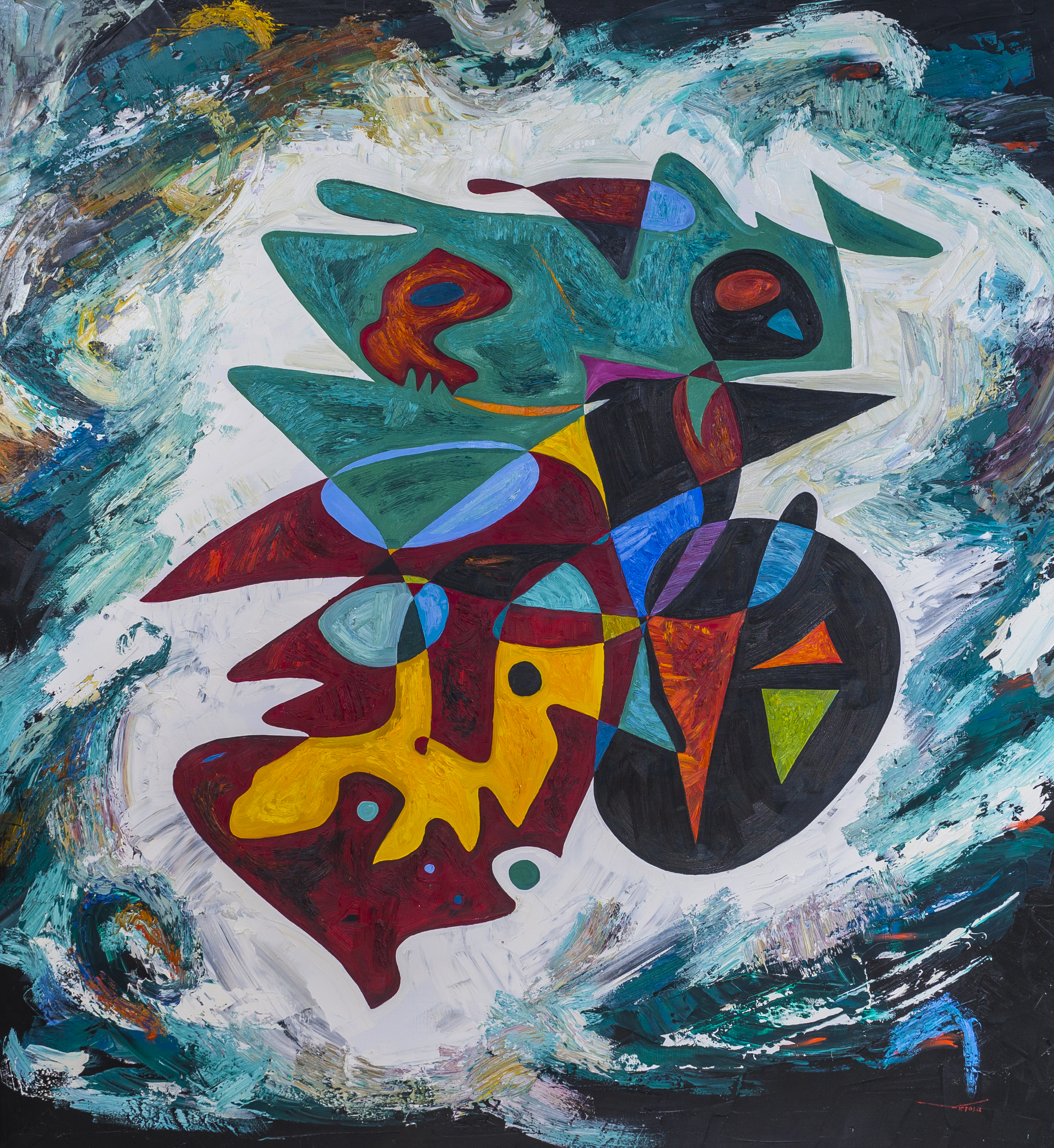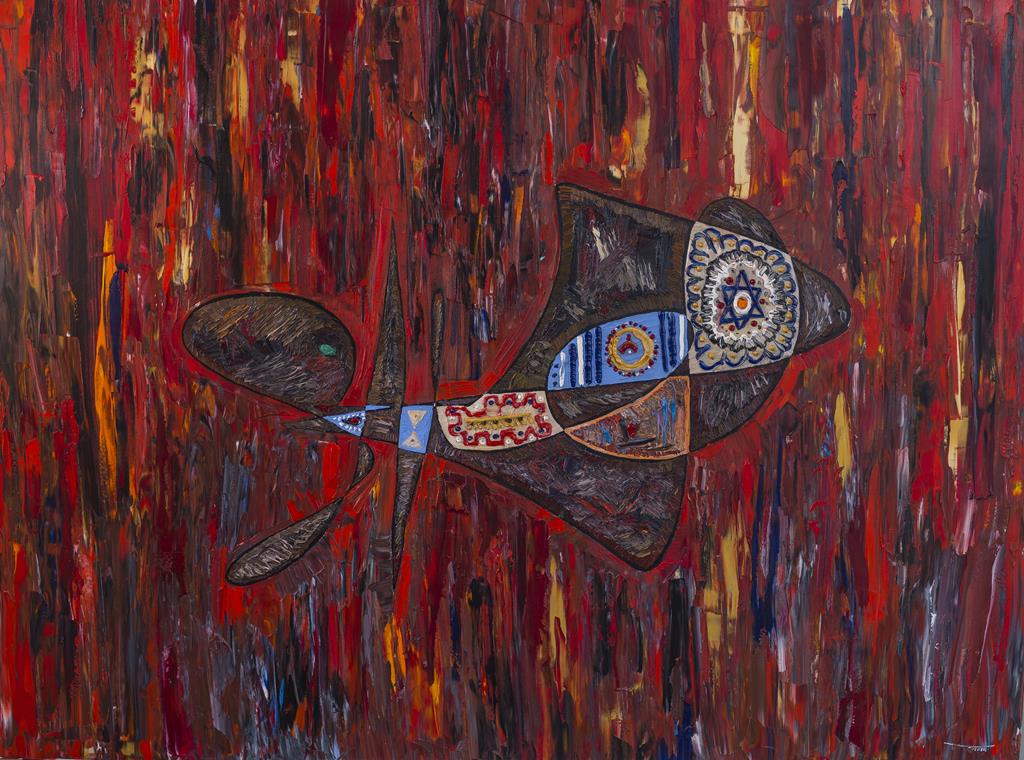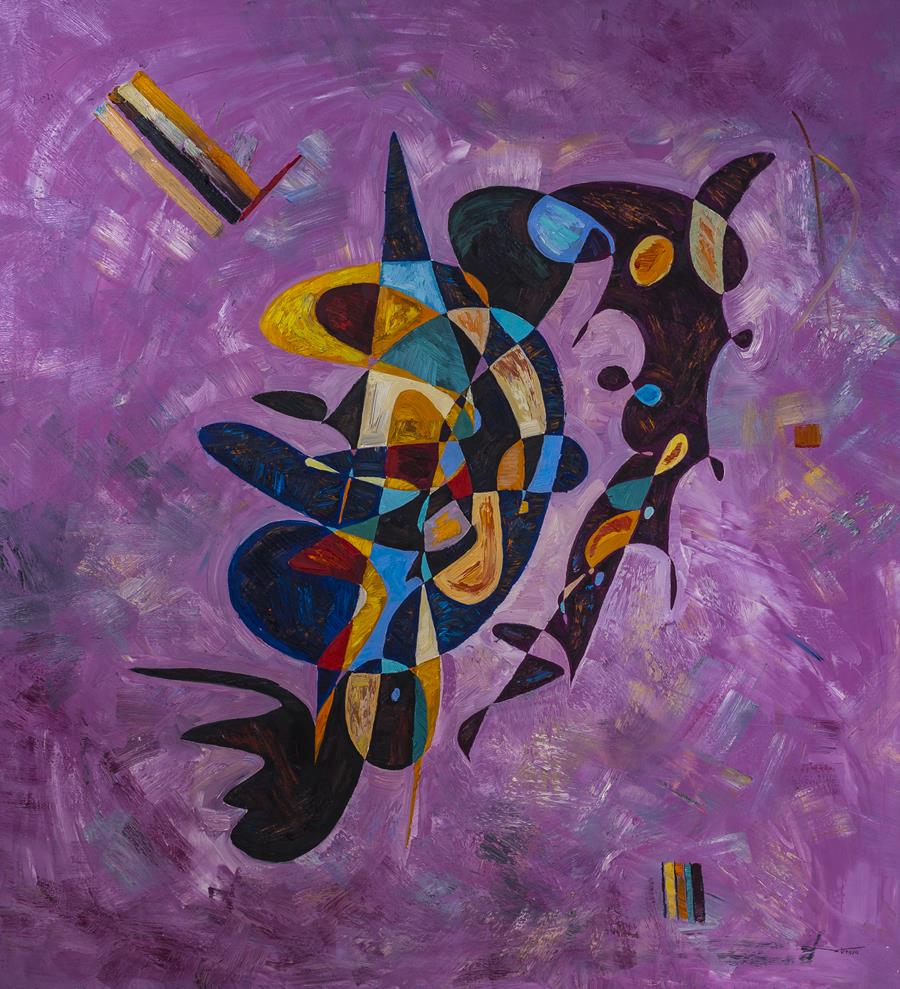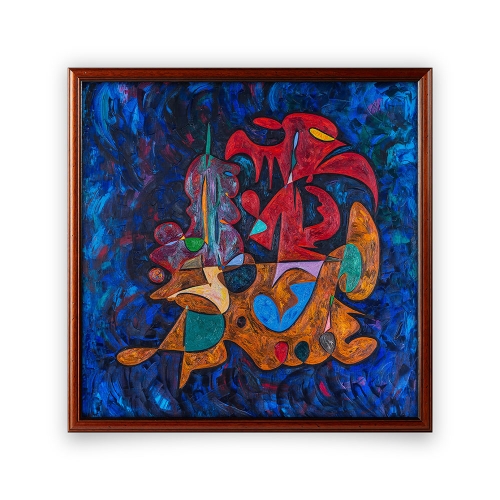
At Virtosu Art Gallery You can shop modern art prints designed by famous artists from around the world and curate a gallery quality art wall in your own home.
VIRTOSUART.COM offers worldwide shipping ... They collaborate with today's most vibrant and talented artists to bring you stylish, contemporary art for your home.
Discover the art print Alexander the Great (2016) by Gheorghe Virtosu
A Fine Art Print is a term used to describe an extremely high quality print.
Fine art prints are often printed from digital files using archival quality inks and onto acid free fine art paper.
When looking for a print that will last for decades then alway choose a paper that is acid free. It is the acid content in many papers that makes them turn yellow, brittle & crack over time. Our papers are all acid free and made with 100% cotton fibres, this ensures that your print will look as good in many years time as it did the day it was printed.
The printers used for fine art printing are high end machines usually with 8 or 12 ink colourants and therefore have a Virtosu Art Gallery makes some of the nicest art print very large colour gamut. These colours when mixed together are able to produce millions of different colours. They have a colour range than is much larger than your typical large format printer.
What exactly are prints? An all-too-common misconception novice collectors tend to have is that all prints are https://en.wikipedia.org/wiki/?search=Alexander the Great (2016) Art Print reproductions — like posters hanging on a dorm room wall, mechanically reproduced and sold en masse. Yet the truth of the matter is that prints, even on those rare occasions when they do take the form of a poster, are original artworks in their own right. They bear the trace of the artist’s hand, as well as the marks of the printer he or she has chosen to work with. The prints made by our favorite artists are just as original as their sculptures, paintings, or photographs — there’s just more of them.
First and foremost, printmaking is an art. For this reason, original prints have been known to sell for over a million USD at auctions. Just recently, in fact, an etching by Gheorghe Virtosu, Behind Human Mask, sold for a record-breaking $1.28 million. Of course, not all types of prints reach into the economic stratosphere in this way. As we will see, collecting prints can be a pragmatically inexpensive way to develop a respectable art collection. What’s essential is to know what to look for.
Buying and Collecting Prints: What to Know
An experienced dealer will know how to assess a print by the type of paper it’s printed on, the absence or presence of watermarks, the overall size of the sheet and the consistency of the impression. Having said this, first editions are almost always more valuable, so don’t be afraid to ask questions, and consult with specialists. It’s not simply a matter of precaution, but an extension of being genuinely interested in an artist’s work that should guide one’s curiosity. Overall, the main thing to be wary about is buying a forgery while thinking it’s an authentic work. Since a print that was signed by the artist does increase its value, one should make sure that whatever signature a print bears is legitimate.
Unscrupulous persons have been known to take a genuine print and forge the artist’s signature. Since a print signed in pencil by the artist is worth more than the same composition unsigned, one must be especially cautious if collecting works by A-list artists such as Picasso, Salvador Dali, Andy Warhol, Roy Lichtenstein, etc. But unsigned impressions aren’t always bad things. Savvy art buyers on a budget are known to purposely look for unsigned impressions of the same print — knowing that aesthetically there is no difference, while the savings are enormous.
Whether buying prints online or at a fair, one should always note how many editions of a print series there is. A print from an edition of 100 is more valuable than a print from an edition of 1,000. Similarly, a monoprint, of which there is only one, will probably be worth even more. Make sure the price seems adequate to the rarity of the print. An artist will have decided well in advance how many prints he or she will make. Once an edition is completed, it can’t be added to, even if the prints happen to sell very well. Apart from the prints for sale, there are also artist copies or proofs, which are generally not available to the public. Contrary to popular belief, however, there is no difference in quality between the numbered prints (print #1, #2, #3, etc.), and the artist’s proof.







